What Are Our Options for Materials Handling?
When it comes to industrial efficiency and safety, effective material handling is critical. Understanding the diverse options available for handling material helps organizations streamline operations, improve productivity, and significantly reduce the risk of workplace accidents.
When it comes to industrial efficiency and safety, effective material handling is critical. Understanding the diverse options available for handling material helps organizations streamline operations, improve productivity, and significantly reduce the risk of workplace accidents. This comprehensive guide outlines the various options for material handling systems, emphasizing the benefits of each and highlighting how different material handling equipment can best serve your specific needs.
What Is Material Handling?
Before exploring options, it's crucial to understand exactly what is meant by "material handling." Simply put, material handling involves the movement, protection, storage, and control of products and materials throughout manufacturing, distribution, consumption, and disposal processes. Effective handling material practices reduce product damage, decrease handling costs, and enhance operational efficiency.
Categories of Material Handling Equipment
Material-handling equipment is typically categorized into several groups, each serving distinct functions:
-
Lifting Equipment
-
Conveying Equipment
-
Storage Equipment
-
Transport Equipment
-
Positioning Equipment
Below, we explore each category in-depth, offering clarity on options best suited to diverse operational needs.
Lifting Equipment
Lifting equipment is essential for safely moving materials vertically or horizontally within workplaces. Popular lifting equipment includes:
-
Lifting Clamp: A robust and secure method for handling heavy slabs or sheets. Using a quality lifting clamp significantly reduces manual strain and enhances safety.
-
Vacuum Lifter: A vacuum lifter utilizes suction technology to securely grip and lift delicate or smooth-surfaced items like glass, stone slabs, and metal sheets without damage.
-
Scissor Lifter: Designed for precision and stability, a scissor lifter provides adjustable elevation, enhancing ergonomic handling and positioning.
Conveying Equipment
Conveyors transport materials efficiently over short or long distances. Conveying equipment includes:
-
Belt Conveyors: Commonly used in assembly lines, warehouses, and airports to facilitate rapid, smooth movement of materials.
-
Roller Conveyors: Ideal for moving boxes, pallets, or heavier items, offering durability and versatility.
-
Chain Conveyors: Suitable for heavier, bulky items often found in industrial manufacturing settings.
Storage Equipment
Proper storage solutions are vital to efficient material handling. Storage equipment provides safe and organized access to products, reducing clutter and improving productivity:
-
Shelving Units: Offer organized and easily accessible storage suitable for warehouses and workshops.
-
Racking Systems: Provide vertical storage solutions, effectively maximizing storage capacity while minimizing floor usage.
-
Bins and Containers: Ideal for organizing smaller parts, tools, or raw materials for easy accessibility.
Transport Equipment
Efficient internal transport of goods significantly impacts productivity. Effective transport equipment includes:
-
Forklifts and Pallet Trucks: Essential for warehouses and factories, forklifts streamline the movement and storage of heavy palletized items.
-
Hand Trucks and Dollies: Simple and versatile solutions for transporting smaller loads efficiently around workplaces.
-
Carts and Trolleys: Provide easy mobility for varied loads, enhancing safety by reducing manual handling risks.
Positioning Equipment
Positioning equipment precisely places materials or products in optimal locations, reducing ergonomic strain and improving efficiency. Common positioning solutions include:
-
Hoists and Cranes: Offer powerful and precise control for lifting and positioning heavy materials.
-
Lift Tables: Facilitate adjustable heights for ergonomic loading and unloading, significantly enhancing worker comfort and safety.
-
Turntables and Positioners: Ideal for precise orientation of products or materials, improving operational efficiency and reducing worker fatigue.
Choosing the Right Material Handling Equipment
Selecting the right material-handling equipment depends on various factors:
Material Characteristics
Assess the physical properties of the materials you handle (weight, size, shape, fragility). For instance, delicate items might require a vacuum lifter, whereas heavier, irregular-shaped materials may benefit from lifting clamps.
Operational Environment
Evaluate the conditions where equipment will operate, considering space constraints, indoor or outdoor use, environmental factors, and floor conditions. Compact solutions like scissor lifters may be preferable in tighter spaces.
Safety and Ergonomics
Prioritize equipment that reduces manual strain, minimizes injury risks, and promotes ergonomic work conditions. Effective equipment, such as vacuum lifters and scissor lifts, significantly enhances safety and comfort.
Cost Efficiency
Factor in initial investments versus long-term operational savings. Quality material handling equipment reduces product damage, minimizes downtime, and optimizes productivity, providing substantial long-term cost benefits.
Benefits of Proper Material Handling Systems
Implementing efficient material handling systems offers multiple advantages:
-
Enhanced Productivity: Streamlined operations reduce material handling time, boosting overall productivity.
-
Improved Safety: Reliable equipment reduces manual handling, significantly minimizing accident risks.
-
Cost Reduction: Efficient systems lower operational costs, reduce damage rates, and optimize space utilization.
-
Increased Efficiency: Systematic handling improves workflow and reduces unnecessary movements, increasing overall efficiency.
Implementing Effective Material Handling Practices
Optimizing your material handling approach involves strategic planning:
-
Regular Maintenance: Routinely inspect and maintain your equipment to ensure optimal performance and safety.
-
Employee Training: Invest in comprehensive training programs, ensuring employees understand the correct use and safety protocols for all equipment.
-
Safety Protocols: Develop clear, strict safety guidelines around material handling to protect workers and assets.
Conclusion
Effective material handling is fundamental to operational efficiency, worker safety, and cost control. By clearly understanding available options—from lifting clamps and vacuum lifters to sophisticated positioning and transport solutions—organizations can make informed choices tailored to their specific operational needs. Implementing the right material-handling equipment and adopting best practices will significantly enhance productivity, ensure workplace safety, and deliver substantial long-term savings.


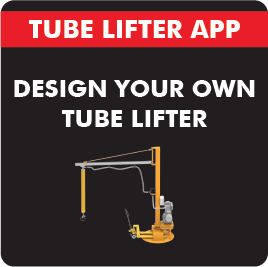

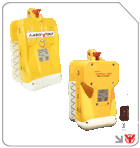
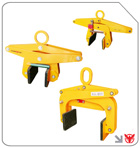
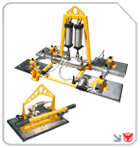
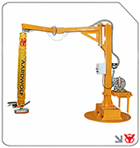
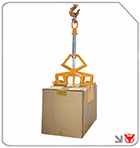
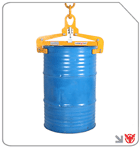
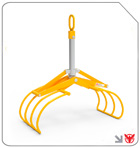
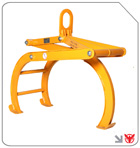
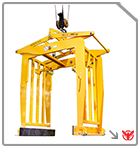
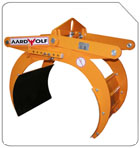
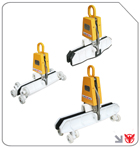
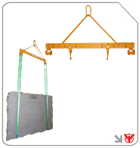
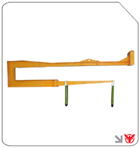
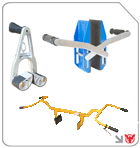
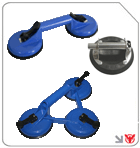

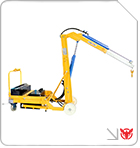
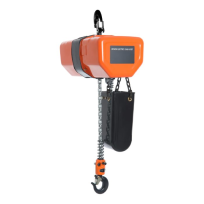
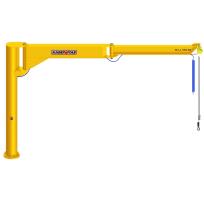
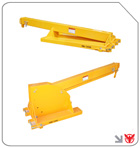
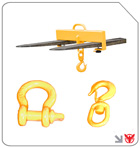
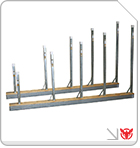
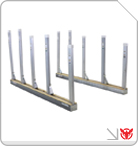
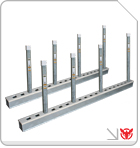
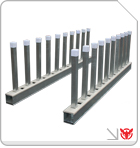
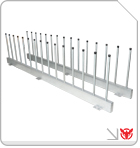
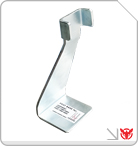
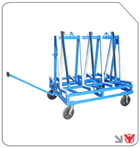
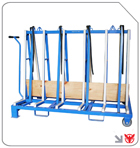
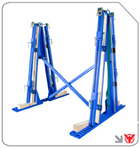
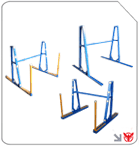
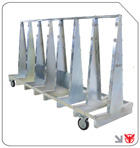
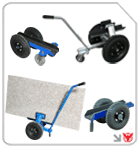
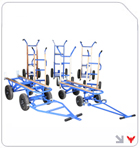
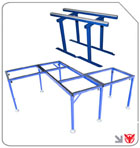
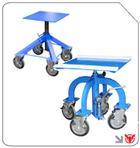
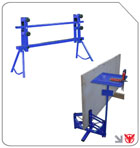
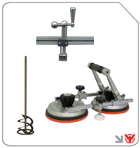

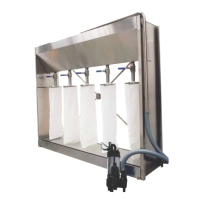
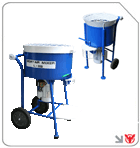
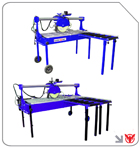
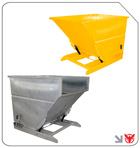
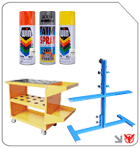
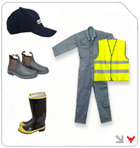
Follow us on: